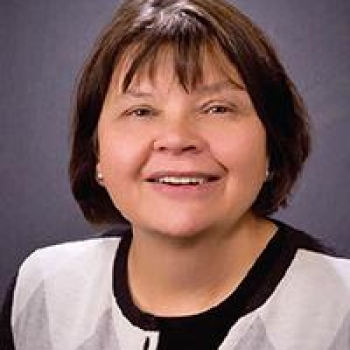Pamela Salsberry, PhD, RN, FAAN
Professor Emeritus
Health Behavior and Health Promotion

Professor Emeritus
Health Behavior and Health Promotion
